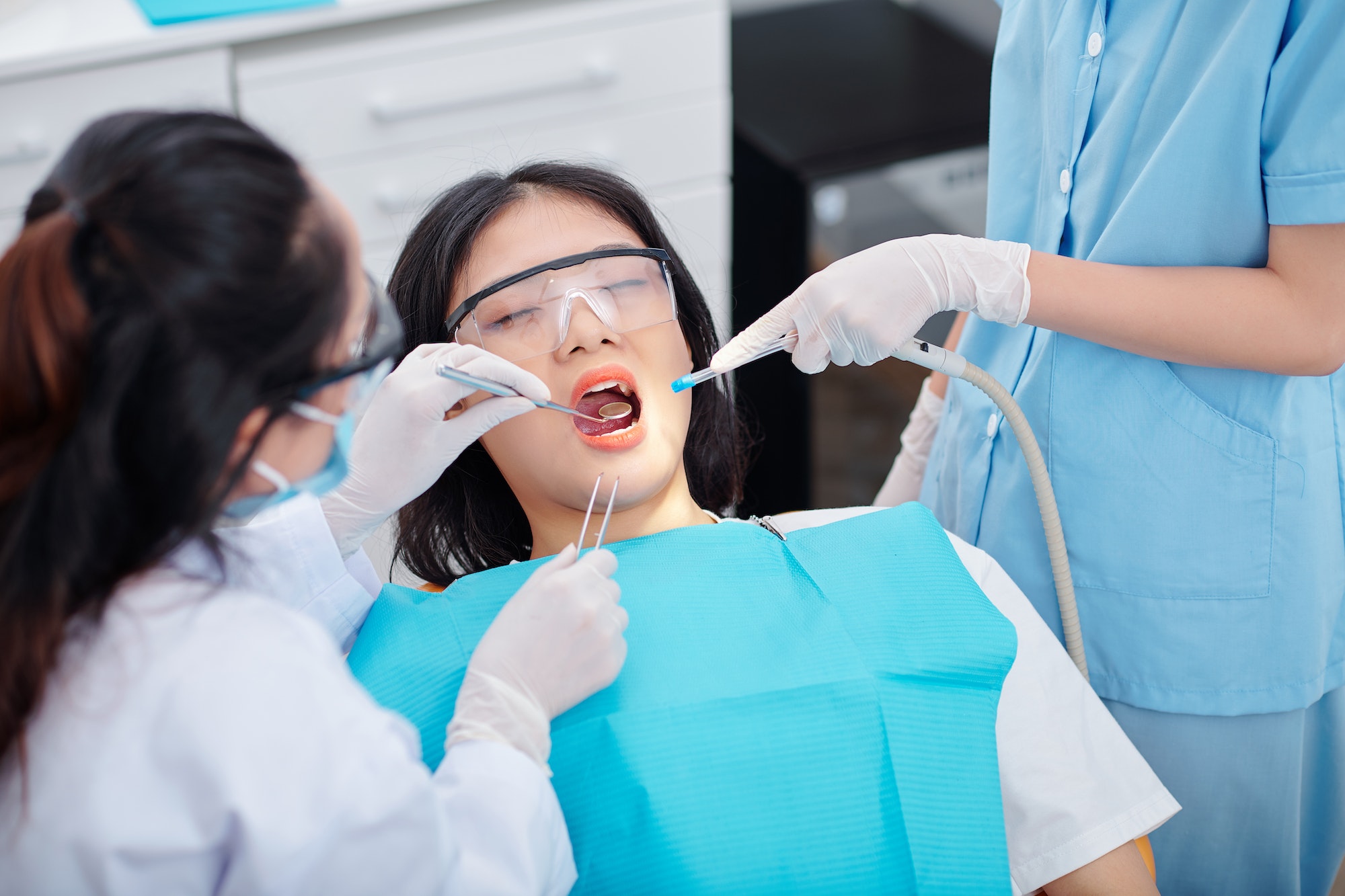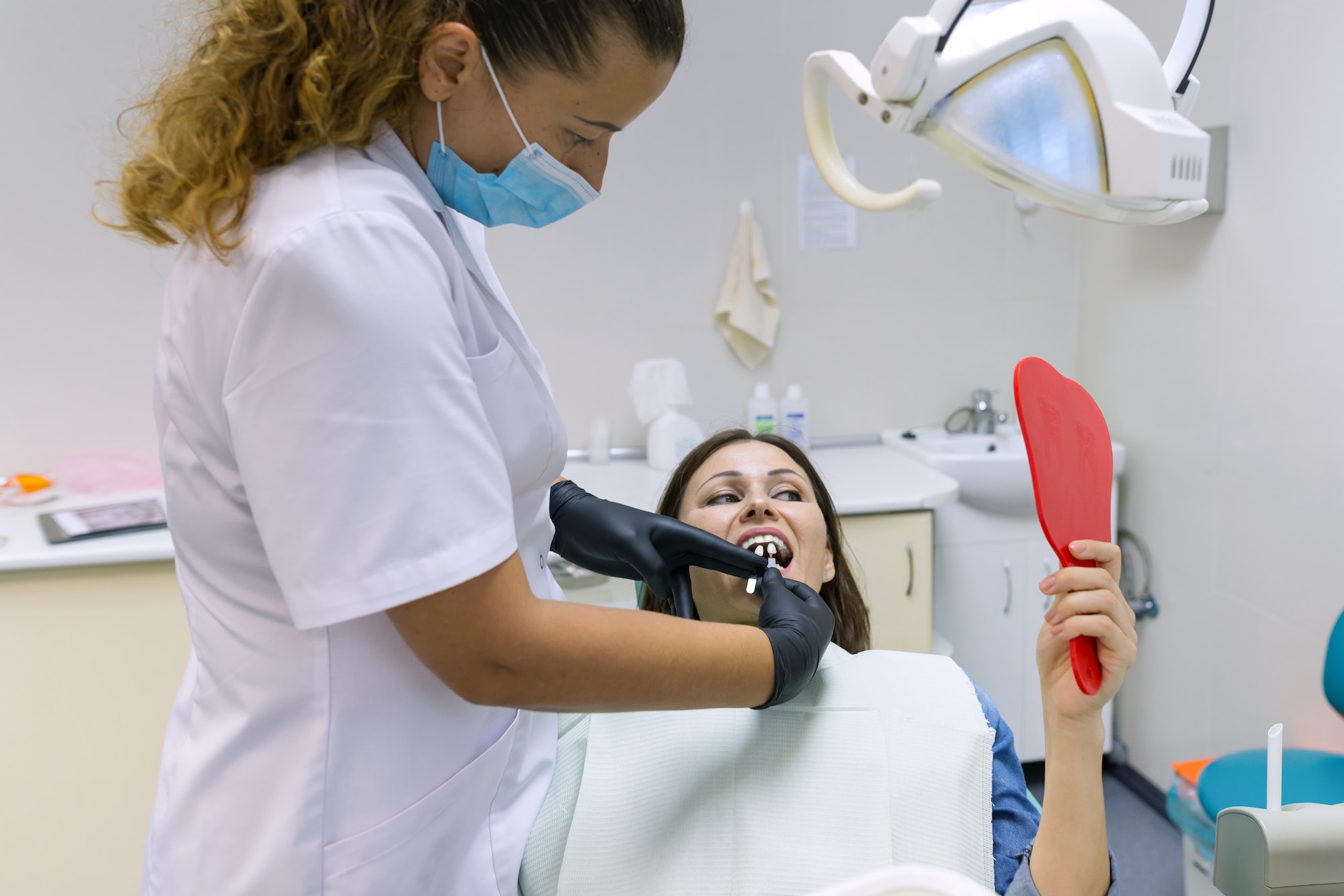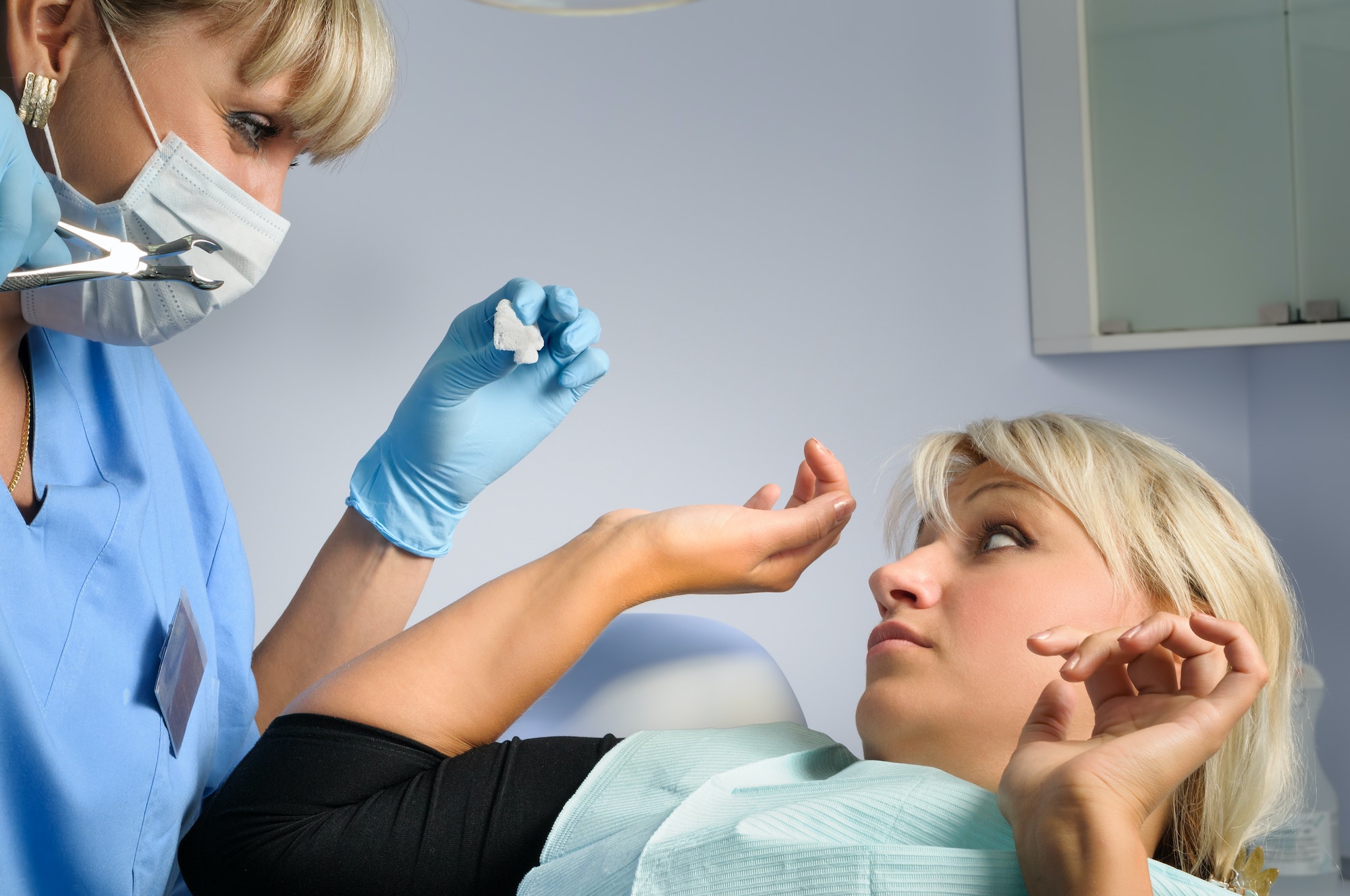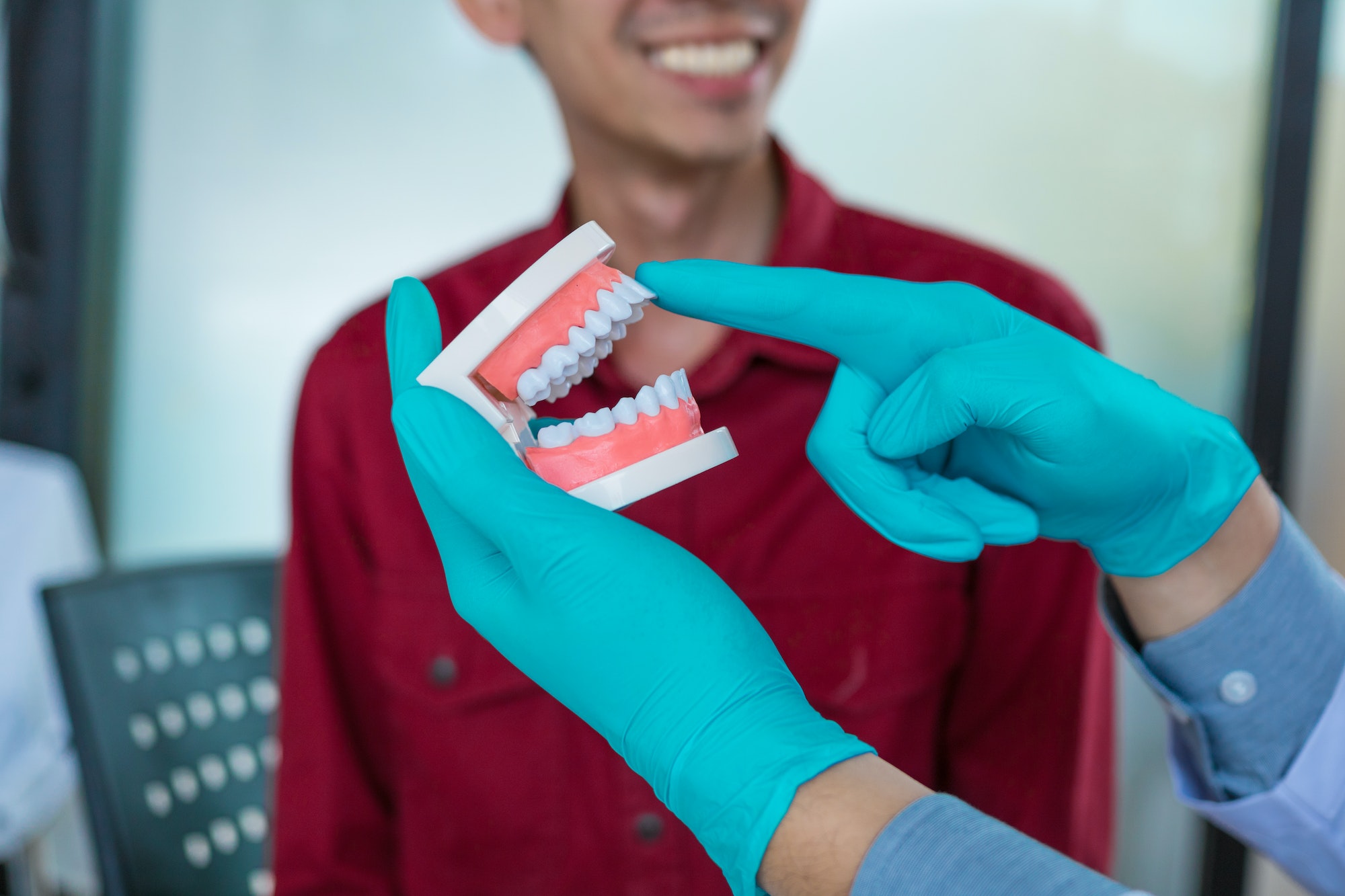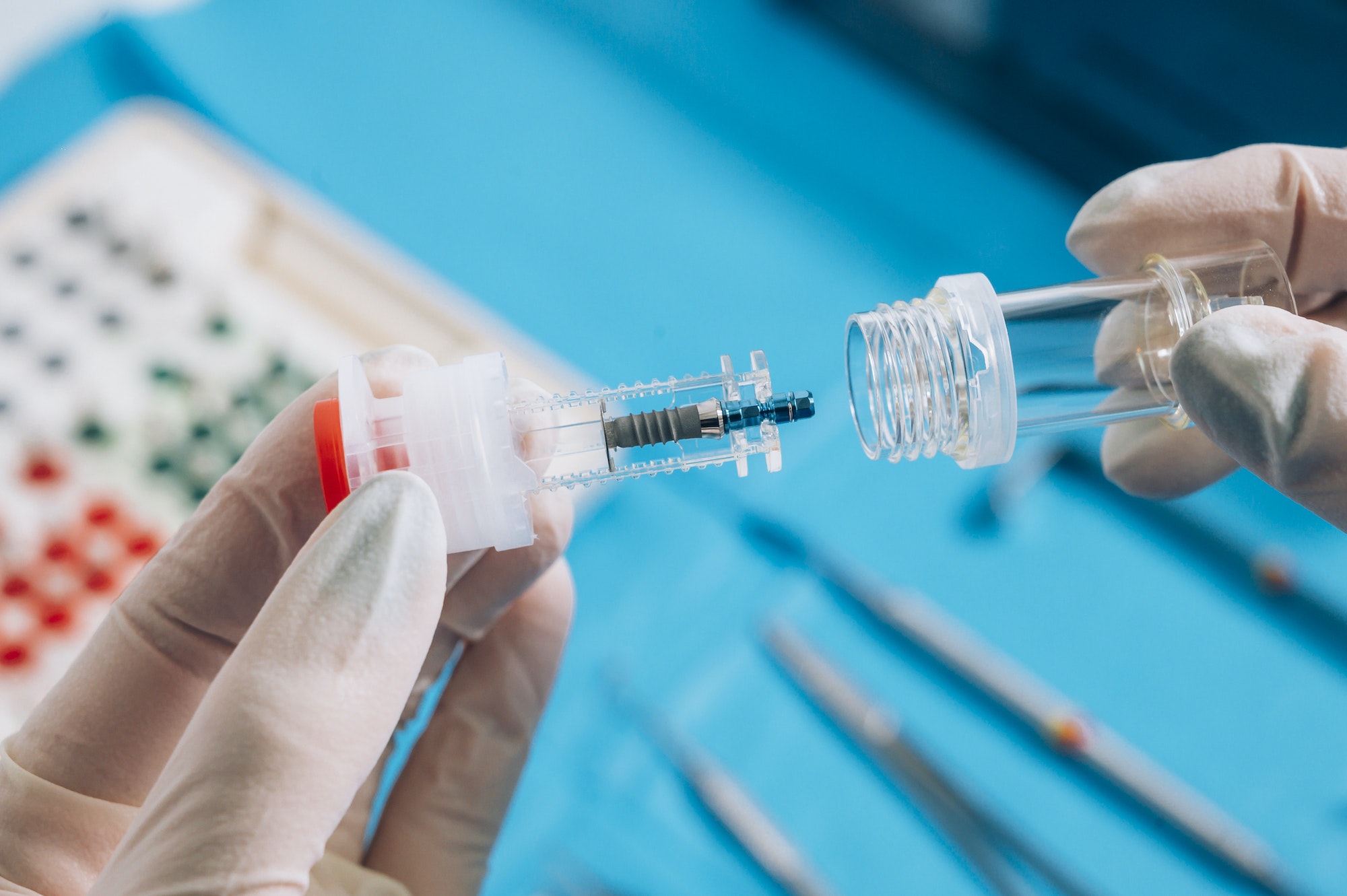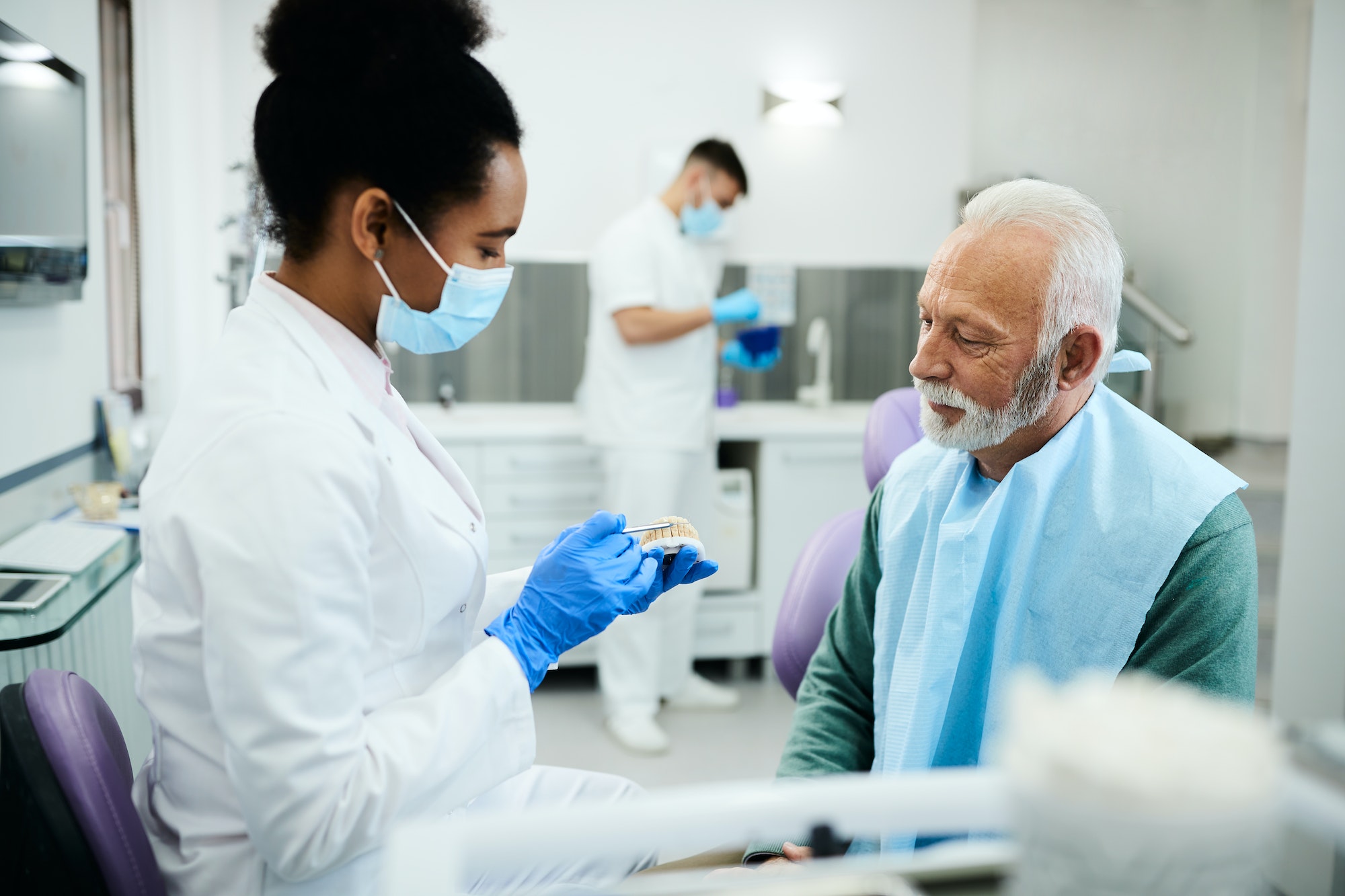Recent data reveals that a quarter of American adults have untreated tooth decay. This troubling news was released by the Centers for Disease Control and Prevention’s National Center for Health Statistics and based on data collected between 2011 and 2012. Dr. Ronald Trevisani, a prominent dental implants provider and oral surgeon in Orlando, was surprised by this report and what it exposes about the general public’s oral health.
The CDC’s startling “1 in 4” statistic refers to adults between the ages of 20 and 64. Twenty percent of adults ages 65 and older were found to have untreated tooth decay (and 19 percent of adults in that age bracket had complete tooth loss). Black and Hispanic adults had a higher rate of tooth decay compared to white and Asian adults. Forty two percent of black adults and 36 percent of Hispanic adults had untreated tooth decay.
The report pointed out that although the rate of tooth decay and tooth loss has been on the decline since the 1960s, the occurrence of these conditions is still concerning. More than 90 percent of adults between the ages of 20 and 64 had dental caries (cavities).
Although the report did not specifically address those under 18 years old, cavities are also prominent among that demographic. According to the CDC, tooth decay is the most common chronic disease in children, adolescents and teenagers. Tooth decay is four times more common than asthma in teenagers.
Why This Report Is Important related to tooth decay
Untreated tooth decay has significant implications for the health of your mouth (and your overall health). If left untreated, tooth decay can cause pain and discomfort. Eventually, it can also destroy the inner “pulp” of the tooth and require oral surgery to extract the tooth.
If that happens, a missing tooth can severely impair the way your smile looks, your confidence level and your chewing ability. You might feel self-conscious of your appearance, withdraw from social activities and stop eating nutritious, enjoyable foods.
The best way to replace a missing tooth is a dental implant. Implants restore normal chewing function and a normal appearance. A single implant can blend in seamlessly with your surrounding teeth, or multiple implants can be placed to replace more than one tooth.
Contact Dr. Ronald Trevisani
If you would like more information about how to take care of your teeth or how to replace missing teeth with implants, please contact Dr. Trevisani. Contact him today to schedule an appointment.



